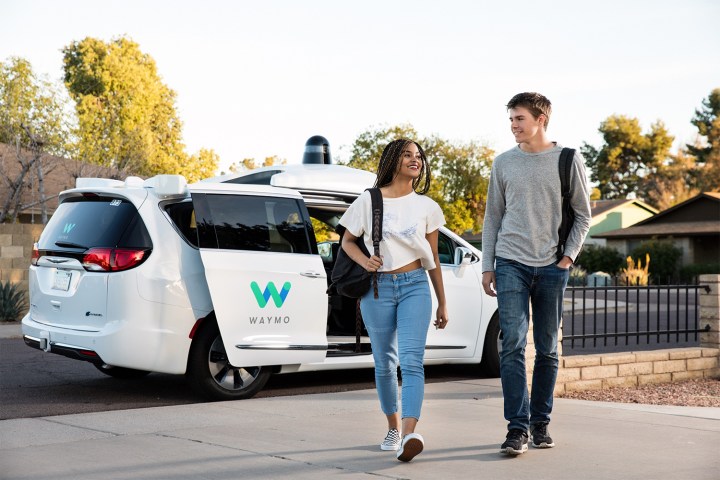
Waymo just keeps burning up the pavement. On Tuesday, June 5, the company’s chief business development officer, Shaun Stewart, announced that the company’s fleet of autonomous vehicles will reach 7 million miles by the end of this week. That means that Waymo’s testing pace has accelerated significantly in the last month or so — after all, it was only a few weeks ago that Waymo’s CTO Dmitri Dolgov announced that Waymo had hit 6 million test miles driven at the Google I/O conference. And before that, the Alphabet subsidiary celebrated 5 million miles driven in February.
While it took the company more than a year to go from 1 million to 2 million test miles, it’s clearly upped the ante since then, according to a chart the self-driving trailblazer recently created.

This rapid growth doesn’t come as too much of a surprise. After all, Waymo is planning to launch a self-driving taxi service at some point in 2018, so it makes sense that it’s getting as much test-driving in as possible before taking on human passengers in a broader capacity. At the end of March, Waymo revealed that it had signed a deal with Fiat Chrysler Automobiles (FCA) to add 62,000 hybrid minivans to its existing fleet. This builds upon the “thousands” of minivans the company ordered in January and brings the total number of driverless vehicles to … quite a few. As it stands, the company is already testing 600 autonomous Chrysler Pacifica minivans on public roads in the United States.
While there are other companies also eager to break into the commercial self-driving space, it’s clear that none have been quite as successful as Waymo. Not only has the company logged the most number of miles thus far, but its recent order of FCA minivans is the largest ever placed in the industry.
Of course, even as Waymo forges ahead, the self-driving arena is not without its dangers. In March, Uber was forced to suspend testing of its autonomous fleet after a fatal crash in Tempe, Arizona. And Tesla has come under scrutiny for its own Autopilot feature, as most recently, one of the company’s Model S vehicles crashed into a police vehicle while the self-driving feature was turned on.
While Waymo hasn’t had nearly as dramatic of a setback, we’ll just have to wait and see if the company can continue on the impressive trajectory it’s set for itself thus far.
Editors' Recommendations
- Waymo robotaxi attacked and set on fire in San Francisco
- Beleaguered robotaxi startup Cruise lays off quarter of workforce
- Cruise’s robotaxi service suspended by California regulator
- Waymo expands robotaxi service area in San Francisco
- Cruise autonomous vehicle drives over woman just after she was hit by another car

